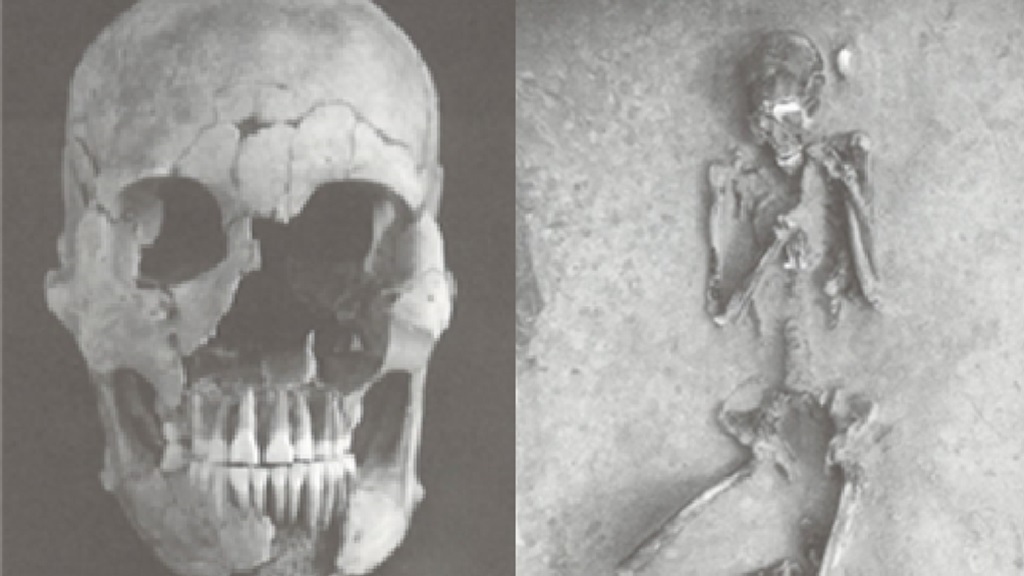A recent DNA sequencing study of a 2,300-year-old Yayoi skeleton unearthed from the Doigahama archaeological site in Yamaguchi Prefecture reveals significant insights into the genetic history of modern Japanese people. This research, which was published in the Journal of Human Genetics by a team from the University of Tokyo, highlights the migration patterns and interbreeding that occurred during the Yayoi period. The findings confirm that the genetic makeup of contemporary Japanese individuals primarily originated from immigrants migrating from the Korean Peninsula, who intermingled with the indigenous Jomon population, thereby contributing to the genetic diversity observed in Japan today.
The study effectively challenges previous models that suggested the ancestors of modern Japanese descended not only from the Jomon and Yayoi groups but also included genetic contributions from an unidentified Northeast Asian population. The new research illuminates that this specific Northeast Asian group had already mixed with the Yayoi population while still in Korea before their migration to the Japanese archipelago, thereby redefining the narrative of Japan’s early population structure. By shedding light on these intricate genetic interconnections, the researchers strive to move beyond simplistic dual-ancestry models that dominated the discussion about Japan’s demographics for many years.
This breakthrough is grounded in earlier findings, particularly those from excavations conducted in the 1950s by researcher Kaneseki Tsuyoshi. His work involved the discovery of around 300 Yayoi skeletons, which indicated distinct physical differences between the Yayoi and Jomon peoples. This led to the widely accepted “dual ancestry” hypothesis that asserted both groups were foundational to the gene pool of modern Japan. The current study builds upon Tsuyoshi’s pioneering research, offering fresh insights into the origins of the Yayoi migrants and the genetic complexities that have characterized Japan’s inhabitants over millennia.
In elucidating the connections between the Yayoi, Jomon, and Korean populations, the new findings emphasize the dynamic nature of early human migration and interaction. As the Yayoi migrants settled in Japan, their genetic intermingling with the indigenous Jomon people not only contributed to the biological makeup of the populace but also played a role in cultural exchanges and developments throughout the Yayoi period. The researchers are determined to further investigate this multidimensional interaction, aiming to better understand how these migrations influenced social structures, technologies, and lifestyles in ancient Japan.
To deepen their understanding of this genetic amalgamation, the researchers plan to analyze additional Yayoi genomes, expanding the scope of their investigation into the historical population dynamics of Japan. This continued research is essential for unraveling the complexities of how various groups contributed to the formation of modern Japanese identity and heritage. By exploring the genetic specifics of the Yayoi period more comprehensively, the scientists hope to uncover the detailed processes through which migration and intermixing shaped the people who inhabit Japan today.
In conclusion, the study of the Yayoi skeleton from the Doigahama site symbolizes a significant advancement in the quest to understand the roots of modern Japan’s population. By confirming the pivotal role of Korean migrants in the genetic ancestry of Japanese people and challenging previously held notions about Northeast Asian genetic contributions, it opens new avenues for research and dialogue about the historical interactions that shaped Japan. As scholars continue to analyze additional genomes from this crucial period, the narrative around Japan’s genetic history promises to evolve further, providing a more nuanced understanding of the interplay between migration, ancestry, and cultural evolution.

